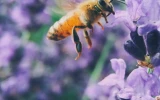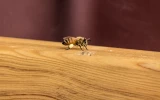Does Feeding Bees Sugar Affect the Honey?
It’s not uncommon for beekeepers to feed their bees sugar water when nectar sources are scarce or during winter. But if it's done too much, does feeding the bees sugar affect the honey?
Yes, feeding bees sugar affects the honey. If there’s an overabundance of sugar, then the bees are more likely to store the sugar as food rather than go out foraging for nectar. The result is honey adulteration, which means your honey isn’t 100% pure honey.
In this article, we’ll explore how feeding bees sugar can affect the honey they make and what beekeepers should know to ensure the best quality of honey. Here are some general guidelines on feeding bees sugar water.
Summary
- Feeding bees sugar can only be done at certain times of the year
- Overfeeding bees with sugar can cause honey adulteration
- There are simple methods you can use to check if the honey is fake, but the most accurate method is high-performance liquid chromatography (HPLC)
- Avoid feeding dry sugar or fondant to a weak colony
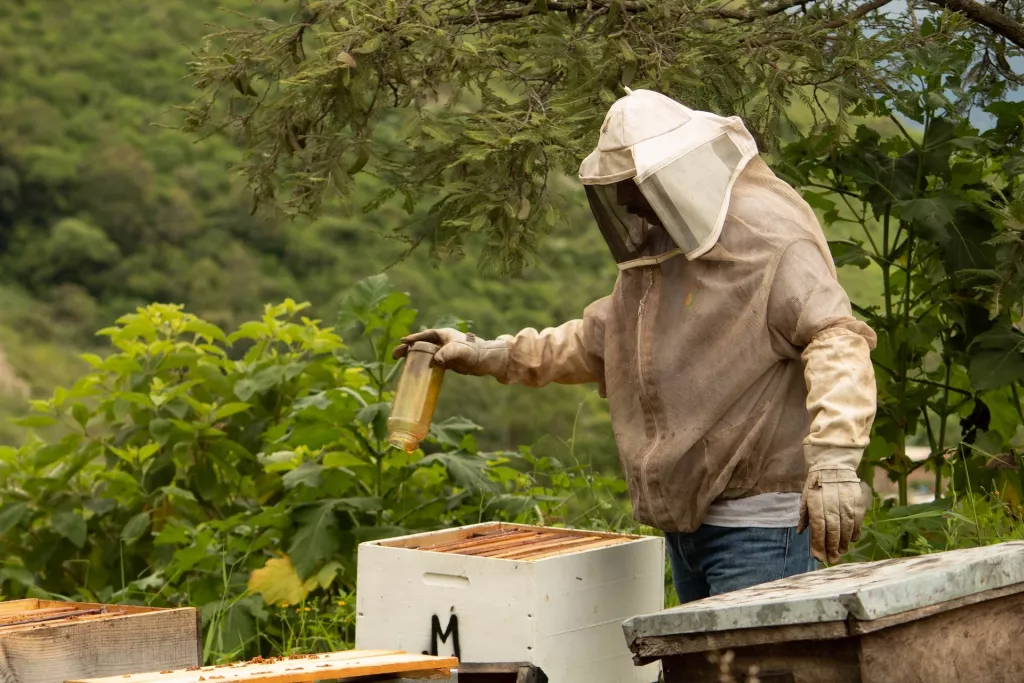
On this page:
What Happens to Honey if You Feed Bees Sugar
When bees have access to an abundance of sugar water, they may produce less honey. This is because bees will store the provided food sources rather than convert them to honey. Additionally, the bees may not go out foraging for nectar as much since there’s already a lot of food right at their doorstep.
It’s important to feed the bees only at specific times when the situation calls for it. When there is a diverse range of natural nectar sources nearby, sugar water should not be used as the bee's sole source of food.
Feeding sugar to bees can affect the taste, color, and quality of the honey. Honey produced from natural nectar resources will typically have a floral scent, and a rich caramel or butterscotch taste. Honey produced with sugar water will have a less distinct flavor and be lighter in color.
Role of sugar in beekeeping activities
- Provides food for bee colonies during honey shortages in winter or drought periods
- Stimulates colonies to increase the amount of brood being reared. This will ultimately increase the population for a targeted flowering event in the future
- Stimulating a colony to collect pollen preferentially to nectar to enhance the pollination of certain crops
- Used intensively when rearing queen bees to ensure the best possible nutritional conditions and stimulate brood food glands in young nurse bees

Honey Adulteration
Honey adulteration is either a direct or indirect way of adding inexpensive sweeteners such as sugar syrups, high fructose corn syrups, or commercial syrups. It’s estimated that approximately 70% of the honey in the U.S. is modified in some way. To combat the high market demand at affordable prices, some beekeepers have resorted to feeding commercial sugar to their bees to increase honey production.
Harvested honey from these combs won’t be considered pure honey anymore. Instead, they’re mixed with sweetened syrup and don't have much nutritional value. As a result, it’s important for consumers to be aware of the potential dangers of adulterated honey and how to identify it.
Detecting Adulterated Honey
The good news is that there are several ways to detect adulterated honey. One accurate method is using advanced analytical techniques such as high-performance liquid chromatography (HPLC). Scientists can identify the presence of sugar in honey and determine if it has been adulterated.
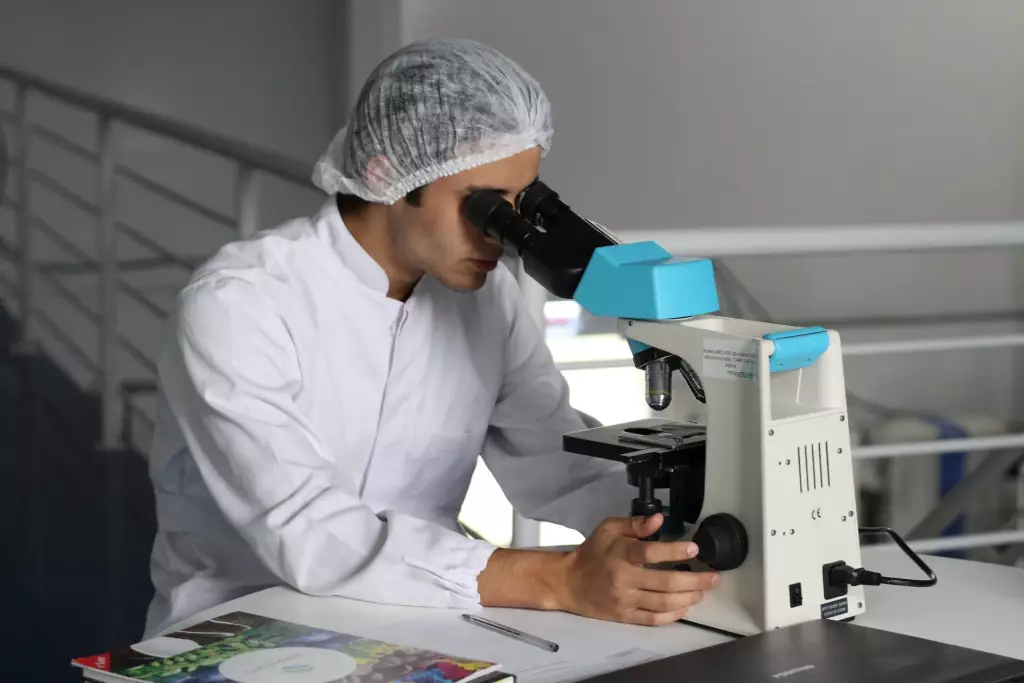
This method can also be used to determine if bee sugar has been used in the production process, as higher levels of glucose are usually found in these samples. With this knowledge, consumers can make informed decisions when purchasing honey products and ensure they’re getting pure, unadulterated products.
Common Tests to Detect Adulterated Honey
Aside from HPLC, there are other easier methods to check for the purity of the honey. You can read the label about where the honey came from and not where it’s bottled at. There are some companies that try to mislead consumers by claiming their honey was bottled in certain areas of the U.S. and not where the honey was originally harvested.
Down below are 5 easy tests you can do at home to check for adulterated honey.
1. Crystallization test
Real honey made from pure nectar is specially infused with certain enzymes such as glucose oxidase. This helps remove any water from the honey. The result is natural honey tends to crystallize and become thicker when stored. Artificial honey won’t crystallize.
2. Thumb test
Put a small drop of honey on your thumb. Pure honey has a rich thick texture so if it spills or easily spreads like water, then it’s not considered pure honey.
3. Water test
Pure honey doesn’t immediately dissolve when mixed with water. Instead, they settled at the bottom of the glass, and it needs to be stirred. Adulterated honey, on the other hand, will easily dissolve in water without even mixing.
4. Vinegar test
Take a glass of vinegar water and mix in a few drops of honey. If the mixture starts to foam, then that’s an indicator the honey isn’t pure. If there’s no foam, then that means the honey is pure.
5. Heat test
Pure honey when exposed to heat should remain unburned. Try dipping a matchstick or cotton bud in honey and light it on fire. If it burns easily, then the honey is fake.
Feeding Bees Fondant or Dry Sugar
It’s not recommended to use fondant or dry sugar as your standard feeding method. A weak or starving colony won’t be able to eat the dry sugar because they need water to liquefy the sugar crystals, and they won’t have the strength to forage for water.
Medium- to strong-bee colonies are better suited for dry sugar. The sugar can be placed on hive mats or in trays under the hive lid. Some beekeepers even add water to the sugar to prevent it from solidifying. This will create a partial syrup.
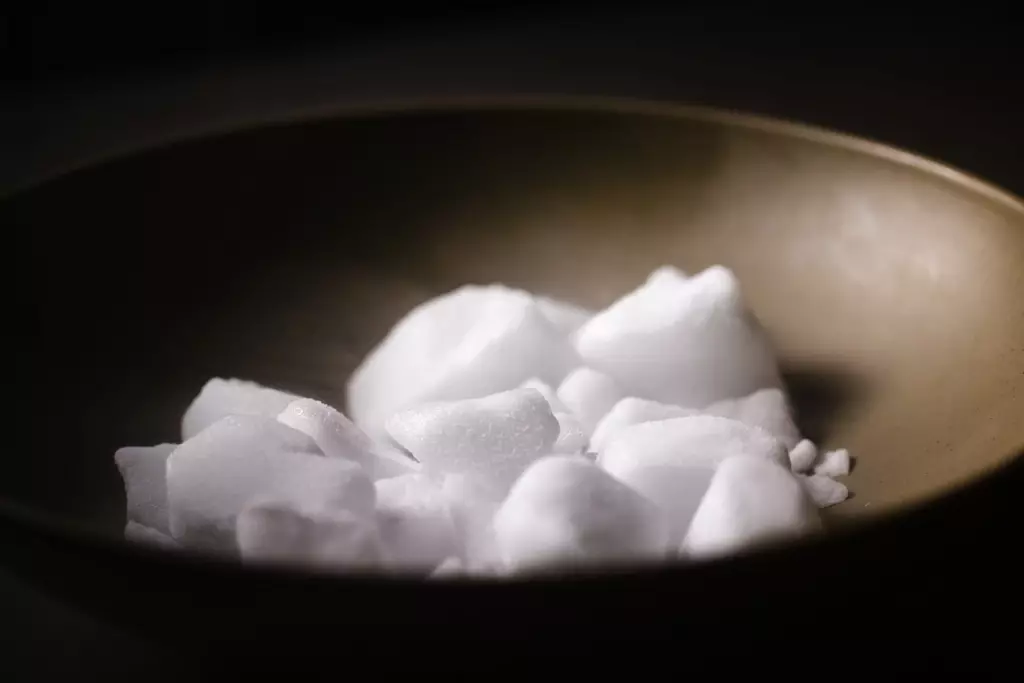
Additionally, fondant can be detrimental to your bee's life span and should be only used as an emergency feed in later winter or early spring. It’s been discovered that when you cook sugar and add vinegar or cream of tartar to make fondant, it produces hydroxymethylfurfural (HMF) which is toxic to bees.
Researchers have found that HMF can shorten the lifespan of some bees in the colony, depending on the amount of HMF they’ve eaten. If the majority of the colony eats the HMF, then you’re at risk of killing the entire colony. So to reduce this risk, avoid feeding your bees cooked sugar products.
White cane sugar is considered the safest and most reliable nectar substitute for honey bees.
The Right Amount to Feed Your Bees
Sugar concentration and quality are equally important. To stimulate the colony during spring or when queen rearing, feed the colony small quantities (1-2 L) every few days of a 1:1 concentration of sugar and water by volume.
If the sugar is not consumed within a few days, there’s a high risk of yeast growth. Concentration yeast growth can be toxic to bees and lead to early death. It’s important to thoroughly clean the feeders and sterilize them between feeds of sugar syrup. The fermented syrup should be immediately discarded to avoid feeding it to the bees. Mix just enough syrup for immediate use.
For winter, a ratio of 2 parts sugar to 1 part water is ideal. The consistency of the syrup should be thick, similar to honey. This makes it easier for the bees to dehydrate the sugar syrup to the right moisture content.
